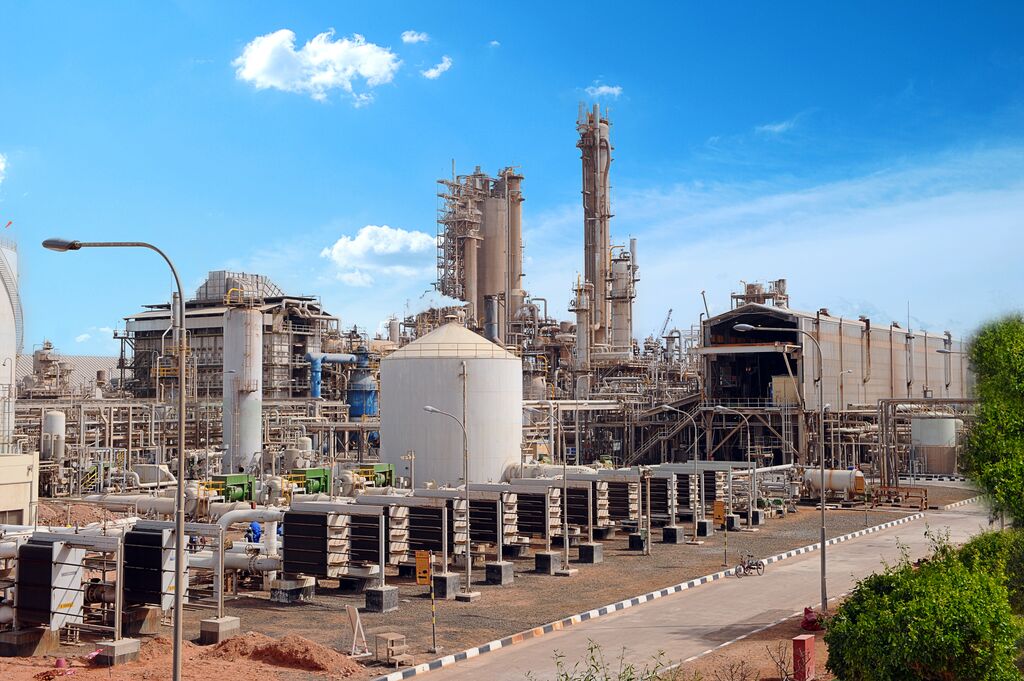Itochu to buy and produce blue ammonia
By Julian Atchison on August 05, 2021
Blue ammonia from Fertiglobe’s Fertil production complex in Abu Dhabi has a new buyer: global trading house Itochu. The blue ammonia will be shipped to Japan for use in fertiliser manufacturing, though no time frames or volumes were given in the announcement. Fertiglobe is a joint venture between OCI NV and UAE state oil company ADNOC, and the Fertil plant is one of the largest ammonia production facilities in the region (1.2 million tonnes per year grey ammonia). Work is underway to retrofit the plant with carbon dioxide liquefaction units, which will feed into ADNOC’s Al Reyadah facility for long-term underground storage.
New UAE blue ammonia production plant still planned
As already reported at Ammonia Energy, ADNOC, OCI NV and Fertiglobe are planning a new 1 million tonne per year blue ammonia plant. Just like the current Fertil plant, this new facility will be located in Al Ruwais and utilise the Al Reyadah CCS facility to sequester emissions. FID is expected by the end of next year, with operations to begin by 2025.
Blue ammonia production for Itochu in Canada
Itochu and Petronas Canada (subsidiary of the Malaysian state energy company) will team up for a feasibility study into a 1 million tonne per year blue ammonia production plant in Alberta, Canada. Construction of the facility will begin in 2023, with the produced blue ammonia to be shipped back to Japan for use in power generation, steel and fertiliser manufacturing.
30 million tonnes clean ammonia into Japan by 2050
Under METI’s Road Map for Fuel Ammonia, Japan will import 3 million tonnes clean ammonia per year by 2030, rising to 30 million tonnes per year by 2050. These latest, million-tonne announcements from Itochu add to a growing number of supply chain investments from Japanese organisations looking to secure an incoming supply of clean ammonia. METI also acknowledges that the volume of clean ammonia traded in the wider Asia-Pacific region by Japanese organisations in 2050 will be even higher than this import figure – as much as 100 million tonnes every year.

